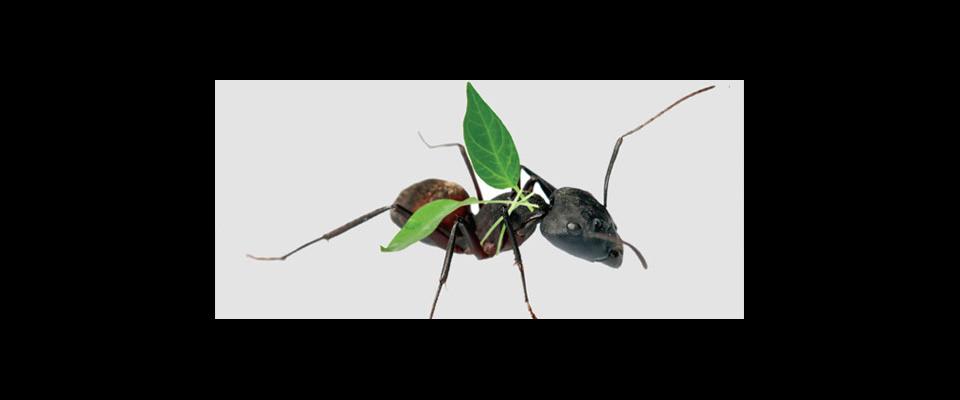Inland ants make a beeline for the salt shaker
Experience has shown us where there’s sugar, there’s usually ants. But Berkeley biologist Robert Dudley and his colleagues found that in inland areas, ants swarmed to salt solutions in preference to sugar, their basic food. The study suggests that the availability of sodium could be what limits plant-eating ant populations globally.
“It was amazing; I couldn’t believe it,” says Dudley. “You put [the salt baits] out, and there are no ants. Three minutes later an ant hits one, tastes it, and either rejects it and leaves right away or starts drinking. And another ant will follow the trail. And five minutes later you have this scenario,” he says, pointing to a photograph of ants crowded around a cotton ball soaked in salt solution. “It’s unambiguous.”
Salt is a micronutrient, necessary in small amounts but toxic in large quantities—hence the ancient references to fields rendered sterile with salt. Although it is well documented that large herbivores such as deer seek out salt licks (carnivores get all the sodium they need from animal tissue), few studies have investigated the same phenomenon in insects and other invertebrates, according to Dudley. Furthermore, he believes his study may be the first to link the preference for salt to geography.
Ants close to the coast didn’t go for the salt baits, probably because they get enough salt from local precipitation. In Oklahoma, however, ants were drawn to salt solutions as dilute as 1 percent, over sugar concentrations as much as 20 times greater.



















